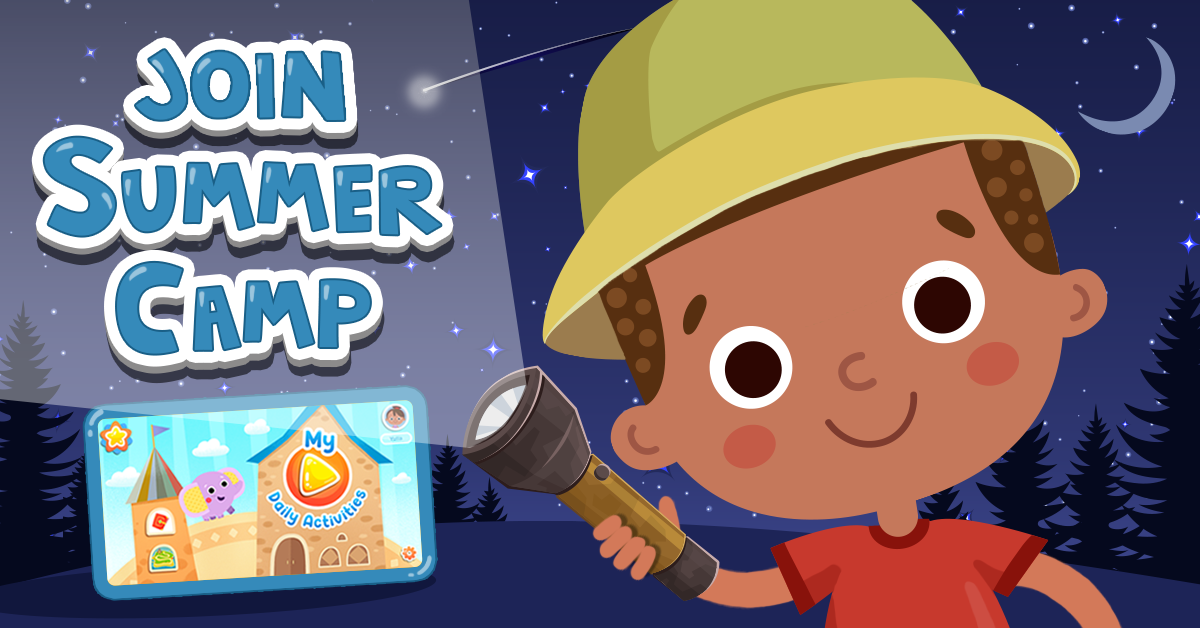Cognitive Development Normal Plants and Animals Worksheets for Ages 3-8
8 filtered results
-
From - To
Enhance your child's cognitive skills with our engaging "Cognitive Development Normal Plants and Animals Worksheets" designed for ages 3-8. These worksheets are specifically tailored to promote critical thinking and comprehension through exciting activities related to the natural world. Children will explore various plants and animals, fostering their understanding of ecosystems and biodiversity. Each worksheet combines fun illustrations and interactive tasks to keep young learners motivated while developing essential cognitive skills such as observation, reasoning, and problem-solving. Perfect for home or school use, these resources make learning about nature enjoyable and impactful. Start your child's educational journey with hands-on, enriching experiences today!
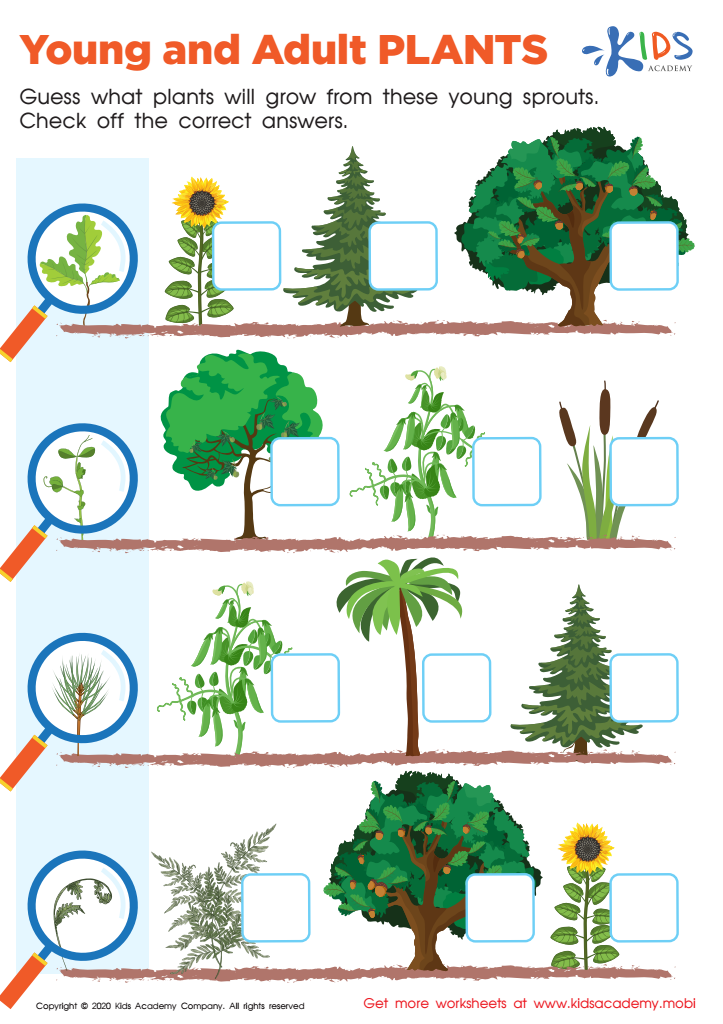

Young and Adult Plants Worksheet
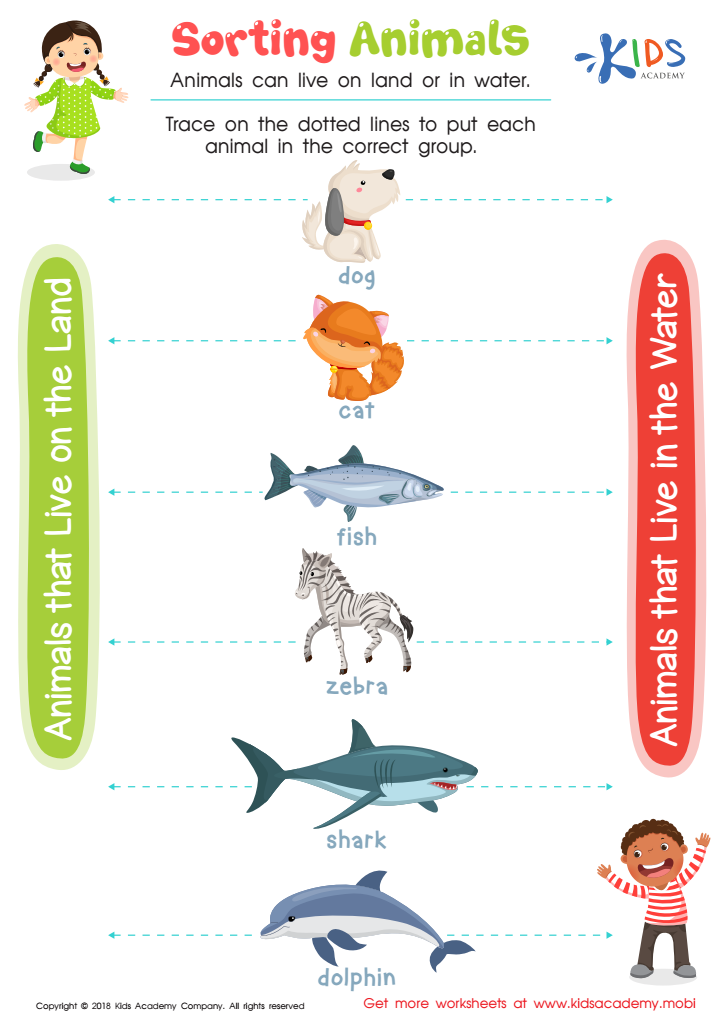

Sorting Animals Worksheet
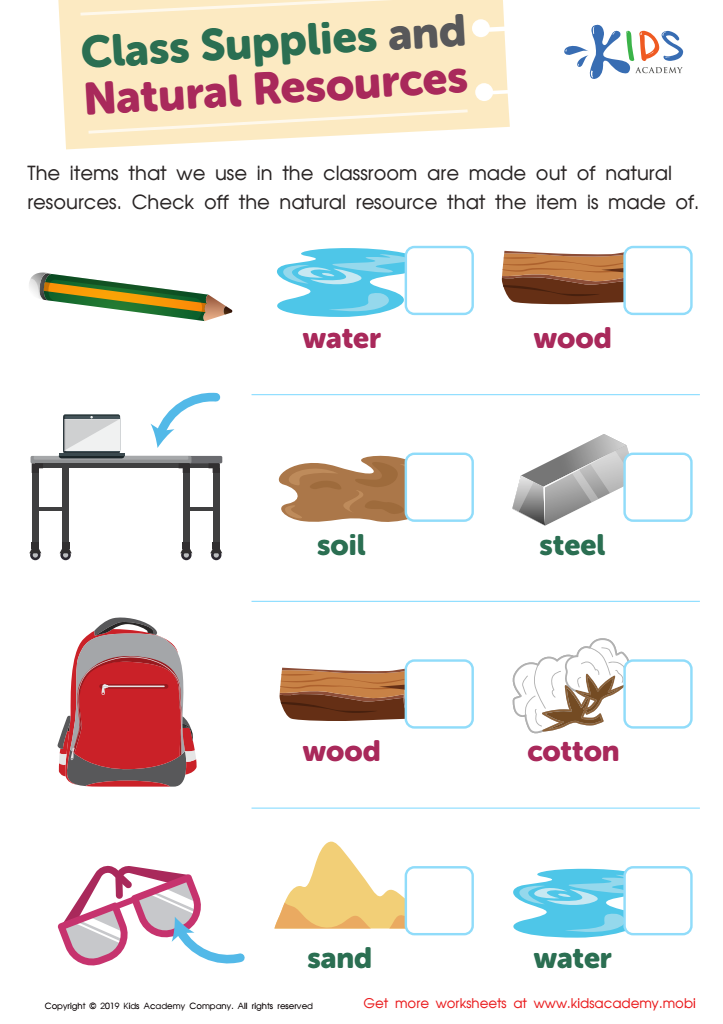

Class Supplies and Natural Resources Worksheet
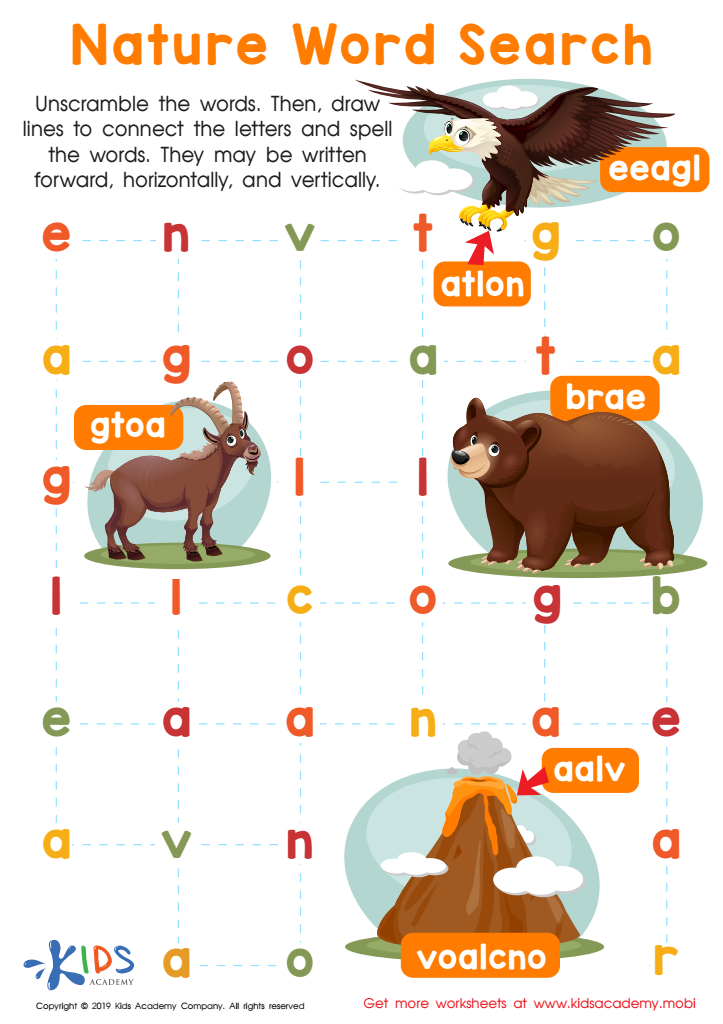

Nature Word Search Worksheet
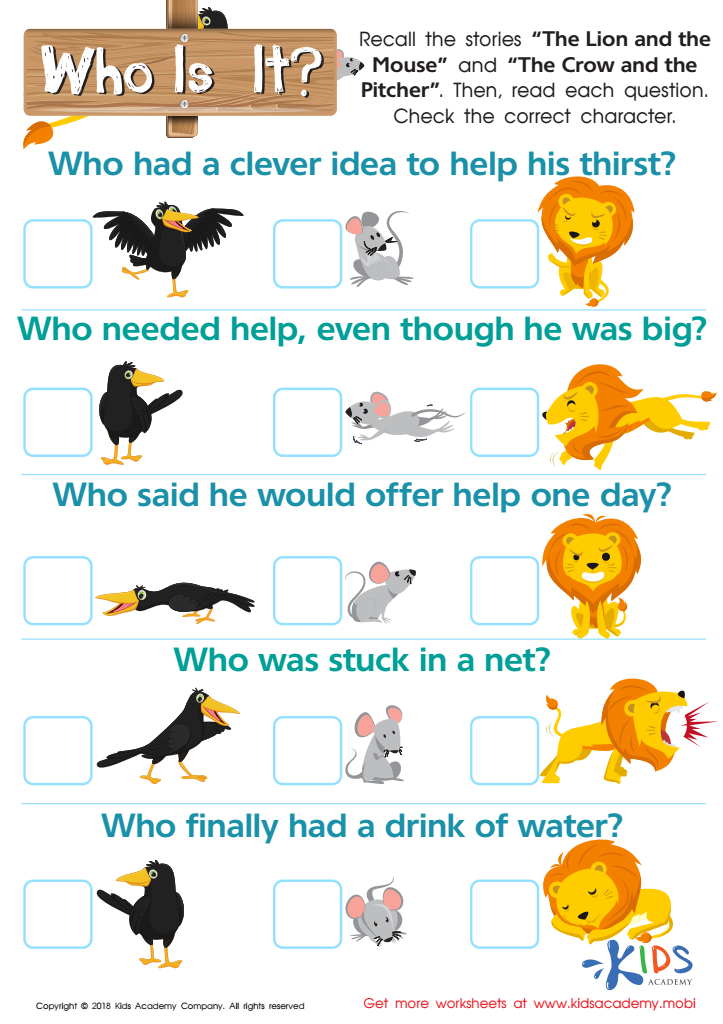

Who Is It? Worksheet
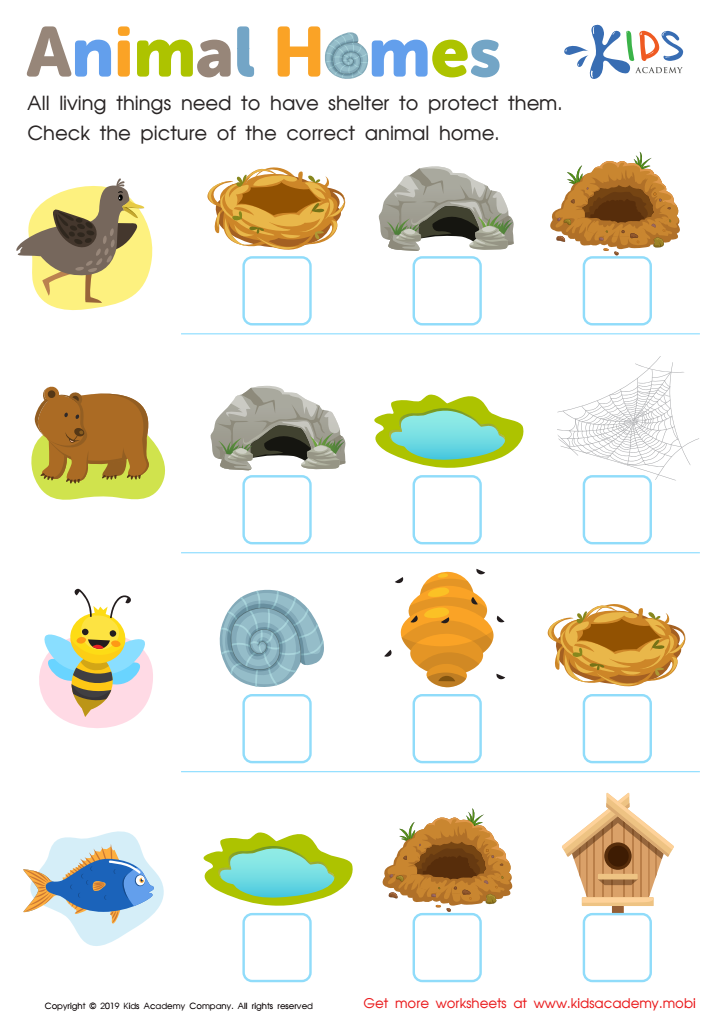

Animal Homes Worksheet
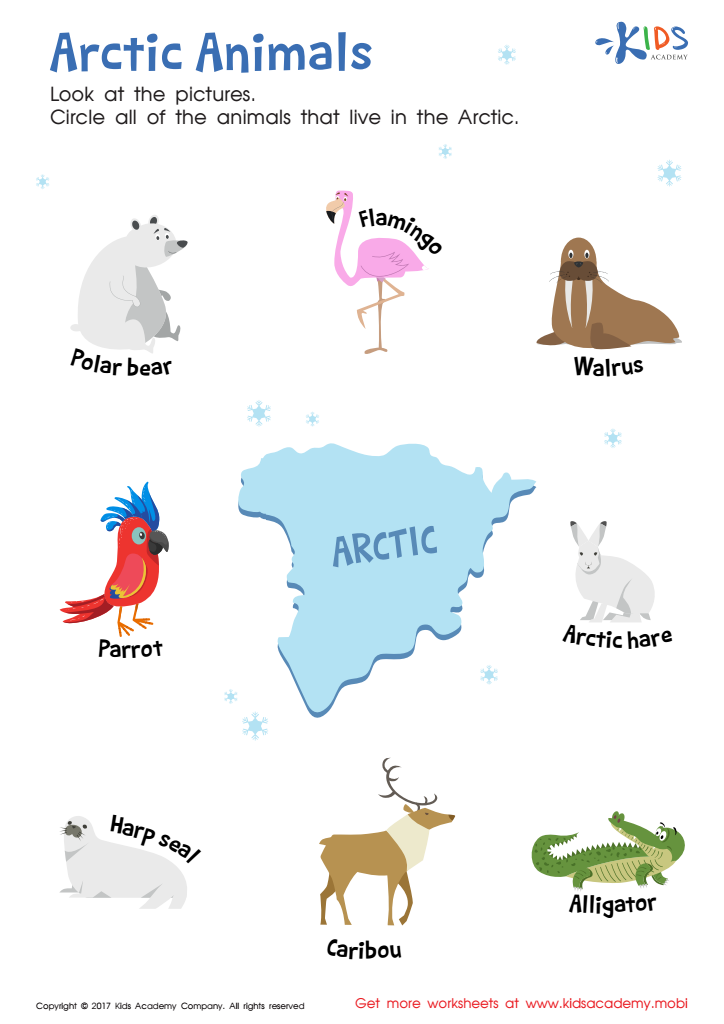

Arctic Animals Worksheet
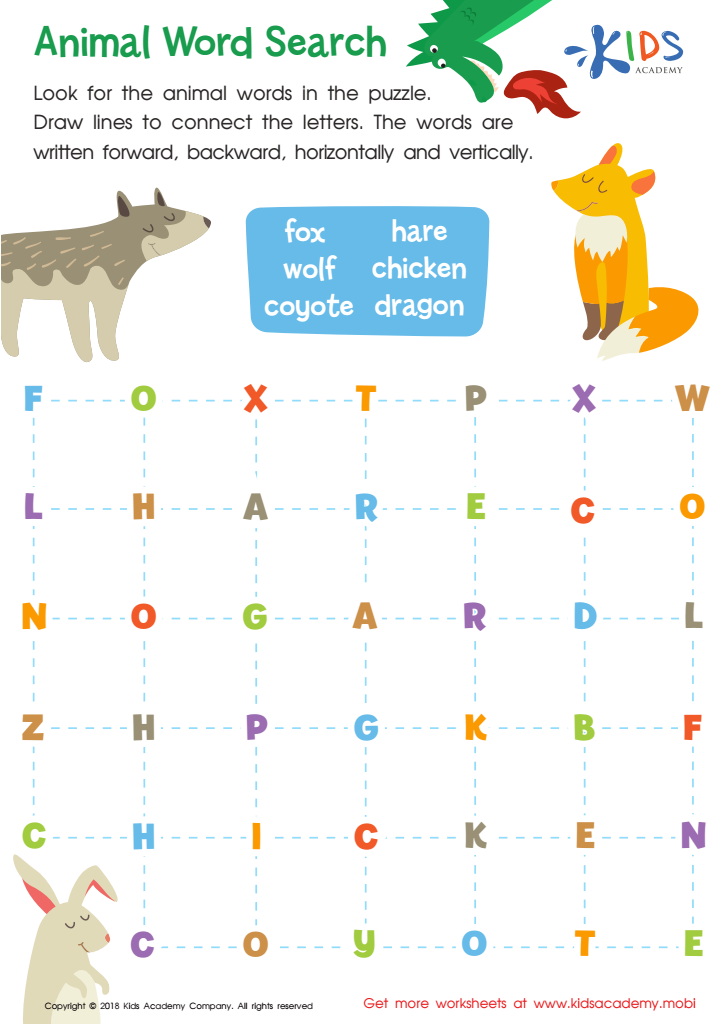

Animal Word Search Worksheet
Cognitive development in young children is crucial as it lays the foundation for future learning and understanding of the world around them. Focusing on concepts like plants and animals helps children ages 3-8 expand their cognitive skills in several ways. First, it fosters curiosity and encourages observational skills, allowing children to explore nature and make connections between living things and their environments. This exploration not only enhances critical thinking but also promotes vocabulary acquisition as they learn the names, characteristics, and functions of various species.
Moreover, learning about plants and animals can facilitate social skills through collaborative activities such as gardening or nature walks, where children can share discoveries and learn teamwork. Understanding ecosystems also instills a sense of responsibility and care for the environment, vital in forming nurturing behaviors.
Additionally, integrating these topics into learning can spark imaginative play and storytelling, nurturing creativity. For parents and teachers, providing structured learning experiences centered around plants and animals is essential in fostering holistic developmental growth, as it aligns with educational standards while cultivating a love for nature and lifelong learning. By prioritizing these concepts, caregivers can effectively support cognitive, emotional, and social development in early childhood.
 Assign to My Students
Assign to My Students





